It’s challenging to determine what constitutes a perfect workspace as each person has their own preferences and opinions. Nonetheless, there are some essential features that every excellent workspace should possess, such as a comfortable chair with wheels for easy mobility around your work desk or table.
Additionally, there should be ample space on either side of you for holding tools while working, preventing them from getting in your way by hanging off the edge of your table or worse, falling onto someone else. There should also be shelves above or below your sitting area, stocked with frequently used supplies like paints, glue sticks (you never know when one will run out), decals, stamps, etc., allowing easy access without cluttering up nearby spaces.
Finally, good lighting from natural sources is important, but not so much that it becomes distracting.
As a massive modelist, I understand the joy and excitement that comes with scale modeling. That’s why I created this list to help you get started and make your workspace a more enjoyable place for everyone to be.
Finding Your Workspace
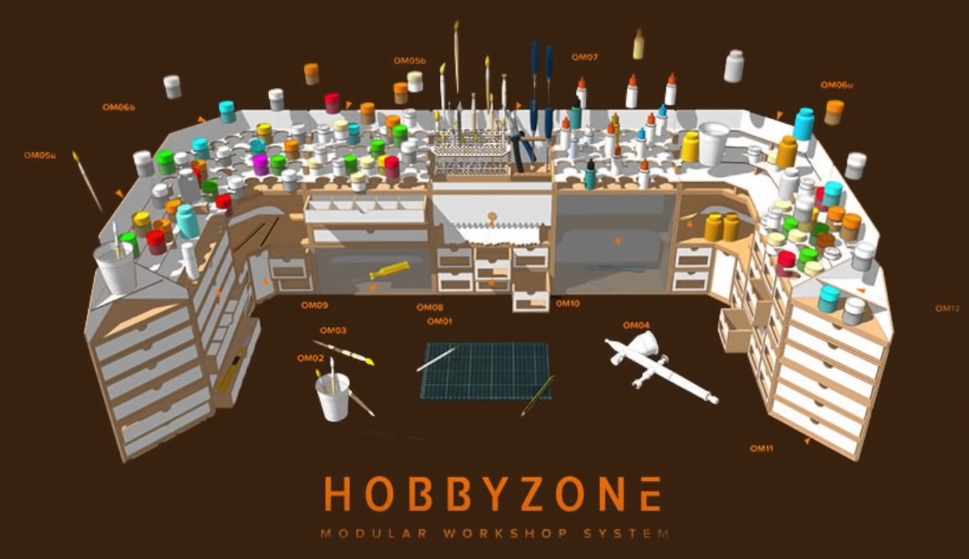
While it may be challenging to locate a suitable area for your workspace, the most crucial aspect is that you have a flat surface. Tables come in a variety of shapes and sizes – from outdoor picnic tables to coffee tables or workbench-sized surfaces.
Constructing a model can be challenging and sometimes messy. You’ll require a place to store all your tools, paints, and supplies, so having ample space for them is essential. Another critical consideration when setting up is storage – not only for your toolbox but also for any other items that may come in handy during the building process.
You’re going to have some organizing fun when you unpack your kits! Before starting, ensure that you have set up the necessary shelves and storage containers. This will make your scale modeling experience much smoother.
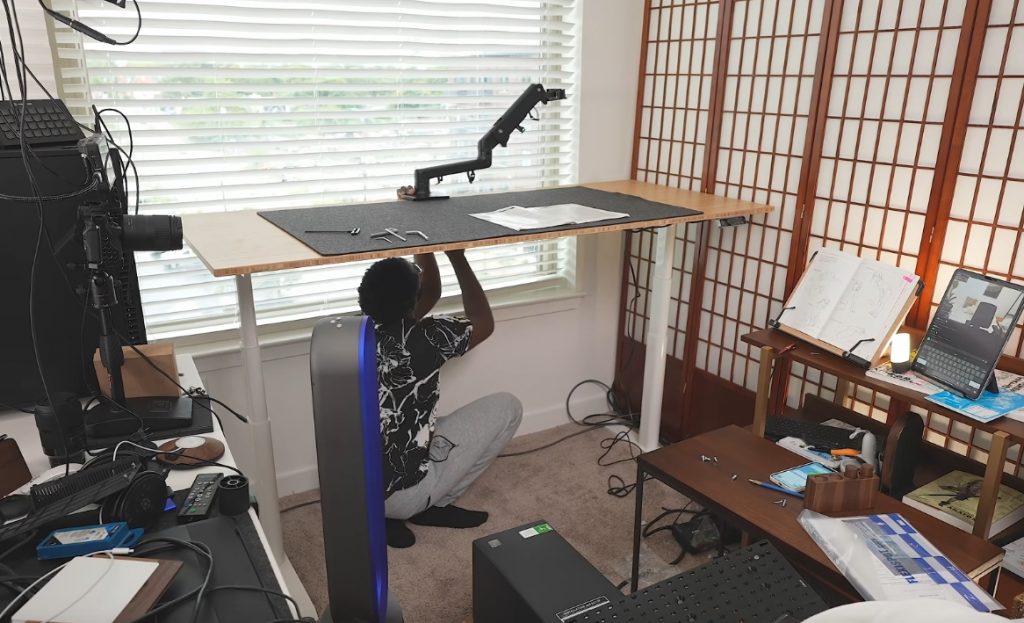
As a scale modeler, having a computer in my workspace for quick and easy access to digital building instructions, video guides, and research materials is a must. While some people are fine with using their smartphones or tablets for research, I find that having a larger screen makes everything much easier.
If I plan to airbrush my models, I need to make room for a spray booth in my workspace. Ideally, I would like to have my workspace near an open window for proper ventilation.
The Right Light
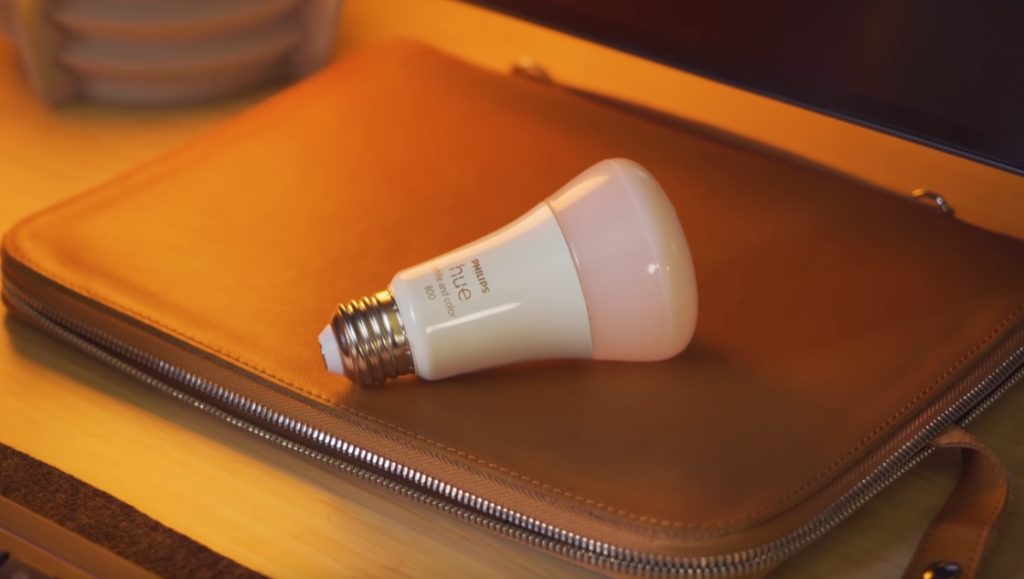
It can be difficult to find the perfect workspace, but it’s worth taking your time to settle on a space that you’ll enjoy every day. For some people, this might mean having tons of natural light pouring in from a nearby window or skylight. While those are great options for anyone who has access to them, they’re not ideal if you don’t work near one.
If that’s your current office situation, then investing in an overhead lamp or a magnifying desk lamp might be the solution. The overhead lamp provides bright, direct light without causing eye strain, while the magnifying desk lamp offers the added benefit of magnification, allowing you to see small details more clearly.
Top Scale Modelling Tools
It is important to have all necessary tools at hand when building a scale model. What are some essential items that you should keep close by:
| Tool | Purpose |
|---|---|
| Large cutting mat | Provides a large and stable surface for cutting, sawing, and sanding your model. |
| Paintbrushes | Used for painting, staining, and other coloring applications. |
| Craft or hobby knives | Used for making precise cuts and adjustments. |
| Steel rule | Helps with measuring and cutting straight lines. |
| Modeler’s saw | Used for cutting materials such as wood, plastic, and metal. |
| Snip scissors | Used for making precise cuts in tight spaces or curves. |
| Side cutter pliers | Used for cutting and manipulating wire, metal, and other materials. |
| Glue | Used for bonding different materials together. |
| Tape | Used for temporary bonding, securing materials, and marking. |
| Sandpaper and emery boards | Used for smoothing out rough edges and shaping materials. |
| Modeling putty | Used for filling gaps and smoothing out uneven surfaces. |
Extra Scale Modelling Accessories
If you’re looking to enhance your model building experience, there are a few more tools that can be useful:
- Airbrush
- Power drill
- Lead pencils
- Clamp or vice
Conclusion
In conclusion, as a scale modelist, having the right workspace is essential to making the modeling experience enjoyable and stress-free. It’s important to have a flat surface to work on, ample storage space, good lighting, and the right tools.
Hey there! I’m Richard Baker, a miniature painter who’s been in the game for a solid decade now. I’ve been painting miniatures for ten years and I’ve got a ton of tips and tricks to share with you all. My website is a treasure trove of knowledge that I’ve gathered from both my own personal experiences and from reading all sorts of books.
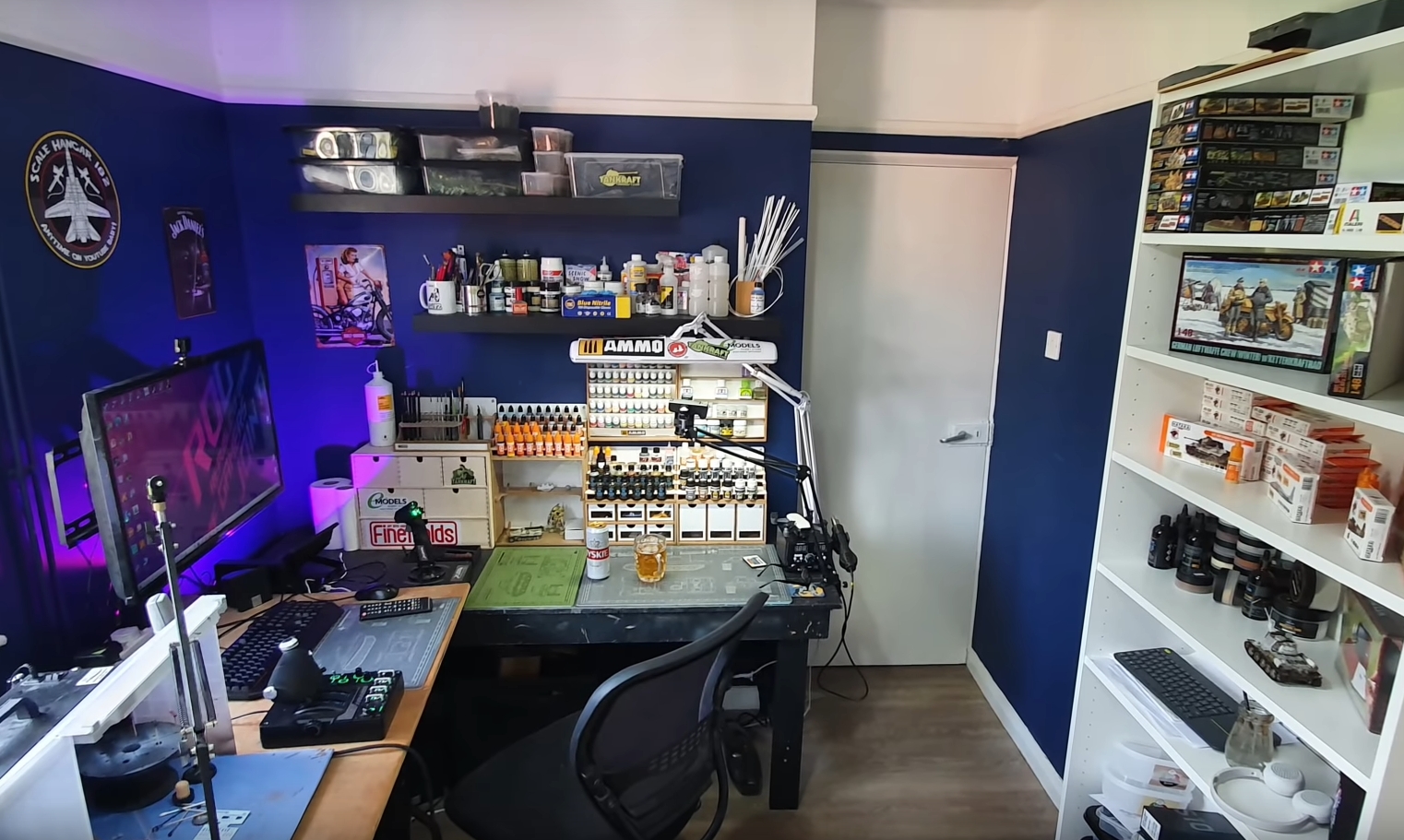

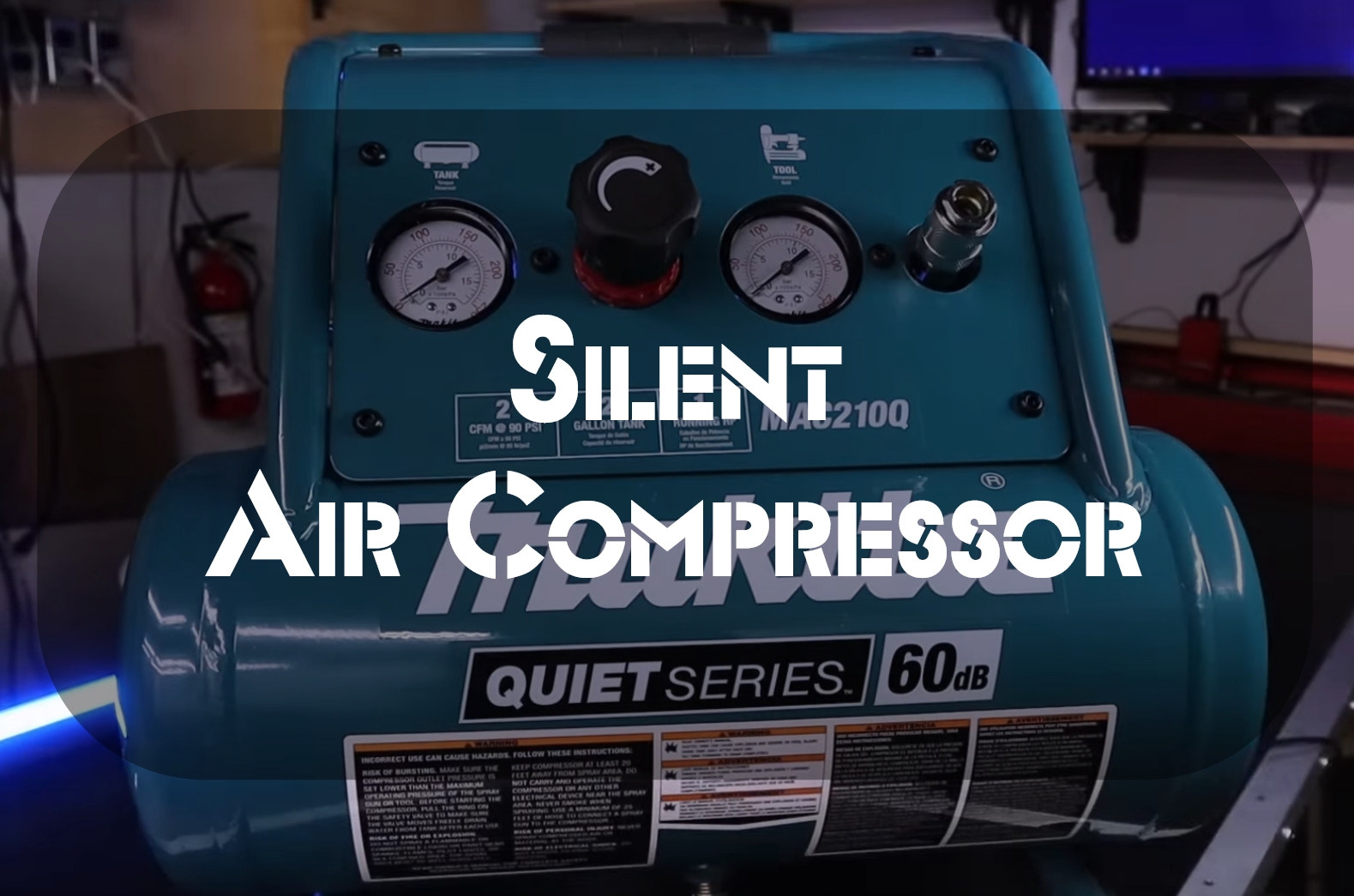
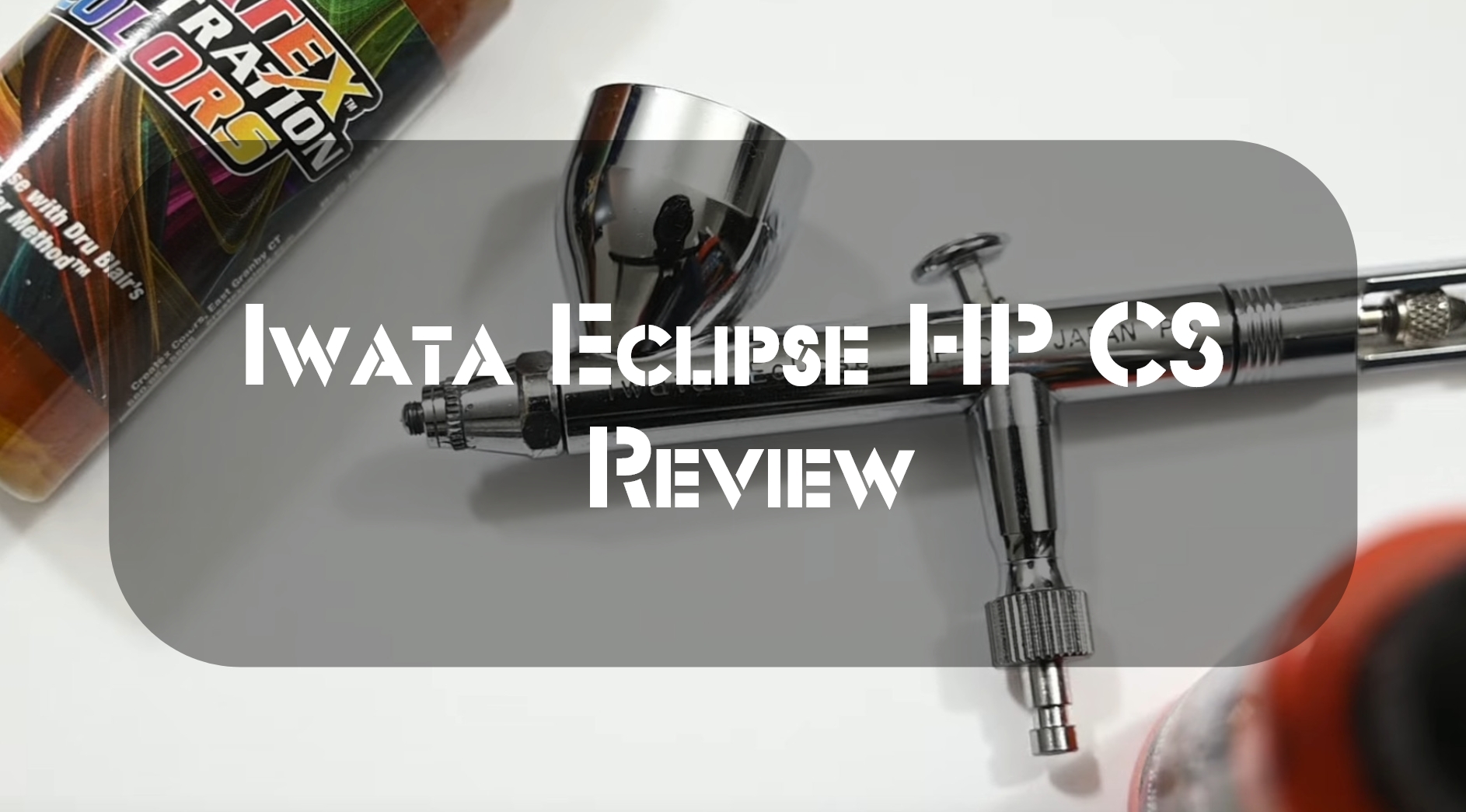
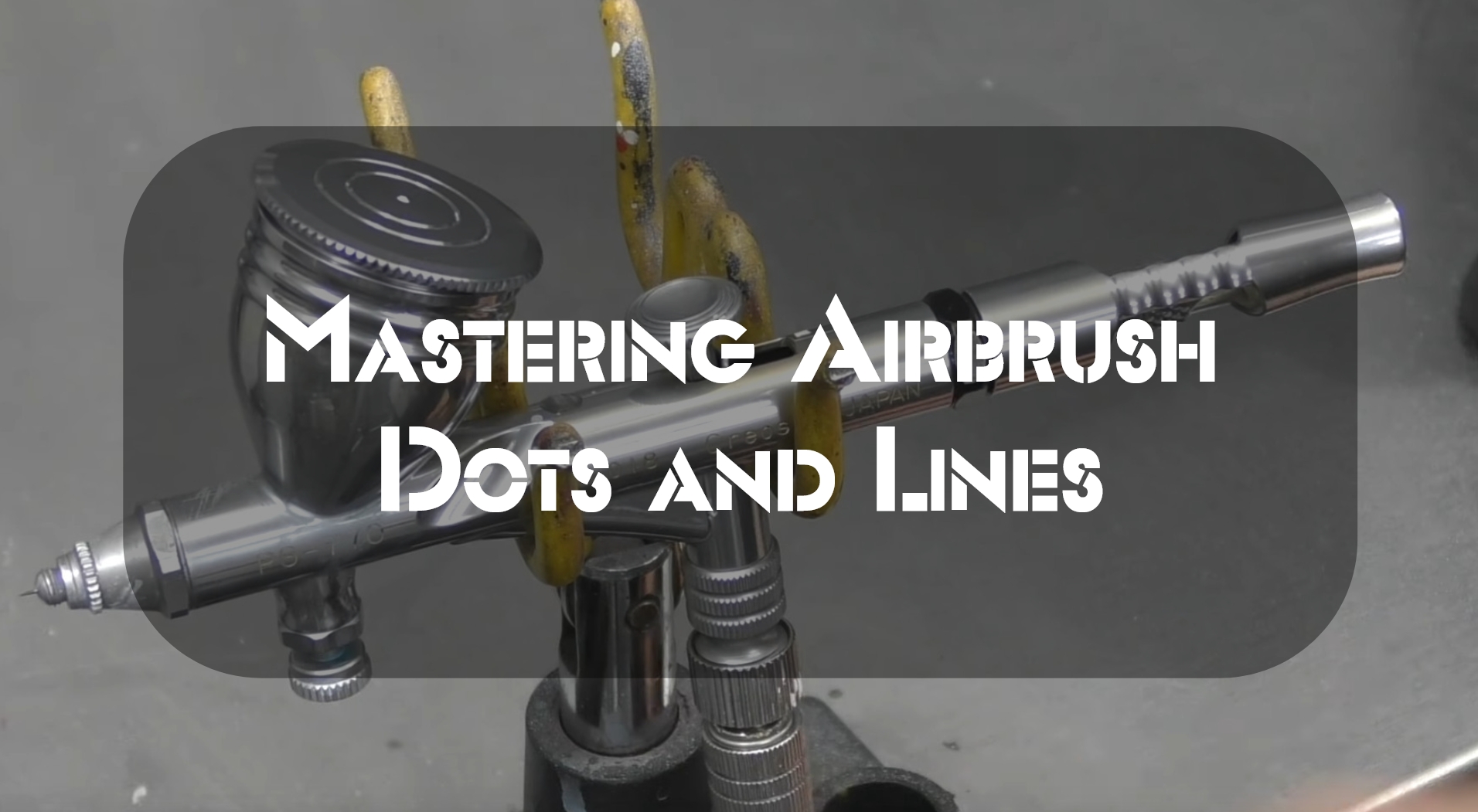
Leave a Reply